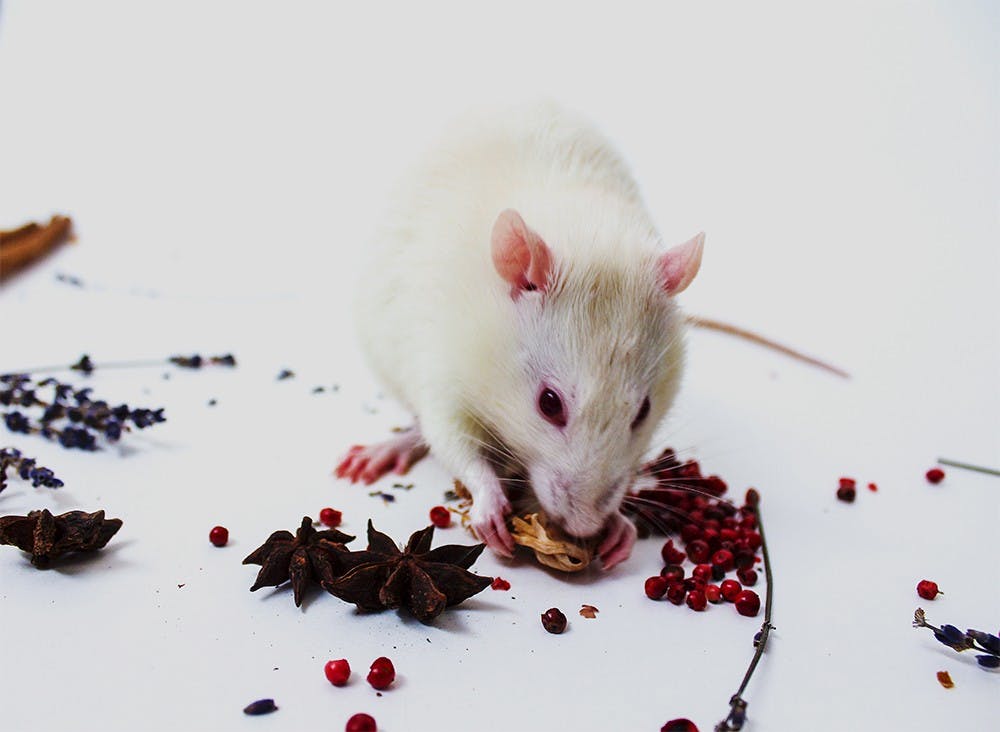A new study from IU could help direct scientists’ research in memory loss and the development of Alzheimer’s treatments.
The research was sponsored by the National Institute of Mental Health, the National Institute on Aging and the National Science Foundation, according to an IU press release.
The IU scientists’ research, published in Current Biology last week, confirmed that human memory impaired by memory disorders also exists in pre-clinical animal models. According to the release, this could influence major decisions in drug development.
The study was led by Jonathan Crystal, a professor in the College of Arts and Sciences’ Department of Psychological and Brain Science and director of the Program in Neuroscience.
Crystal and the IU scientists used rats in the study to show animals have the ability to remember more information across two memory categories rather than one. This is the first time scientists have been able to prove animals have two independent “working memory resources,” according to the release.
Alzheimer’s affects 5.3 million people in the United States with no treatment currently available to halt or reverse the effects of the disease, according to the release.
Crystal’s team tested the working memory’s two memory resources, visual and auditory information, to compare animals’ efforts to remember information in combinations of varying types.
The scientists used containers of food pellets scented by up to 100 common household spices to test rats’ ability to remember new odors, and they challenged the rats to find pellets in an eight-arm maze to test spatial ability.
In the trials, the scientists found rats could recall significantly more details in combination rather than trying to remember information types singularly, according to the release.
“We saw high-level performance because the animals were encoding information in two dedicated memory resources,” Crystal said in the release. “This is the defining quality of working memory in people, and for the first time, we’ve shown animals have this property of independent memory systems as well.”
The scientists found, after a year’s worth of intensive data collection and analysis, costly errors in the “translational pipeline” connecting basic science with new treatments and therapies occur early in the research process when less relevant data is selected.
The IU scientists’ research comes after the federal government allocated $350 million to new spending for Alzheimer’s disease research, a 60-percent increase to prior Alzheimer’s research funding.
This research also shows memory formation arose much earlier evolutionarily than previously thought, according to the release.
Much of the pre-existing information available on the genetics of Alzheimer’s disease lies in spatial memory research because such research is easier to carry out, Crystal said in the release.
“What researchers are doing now is akin to coming up with a plan for developing a drug which, if successful after spending billions of dollars, helps your grandmother find her reading glasses or car keys,” Crystal said in the release.
“Those symptoms aren’t the most debilitating aspect of Alzheimer’s disease. We need solutions that address the inability to remember significant things, like memories of the past or personal exchanges with friends and family whose loss is so distressing to sufferers of the disease and their loved ones.”
Carley Lanich




